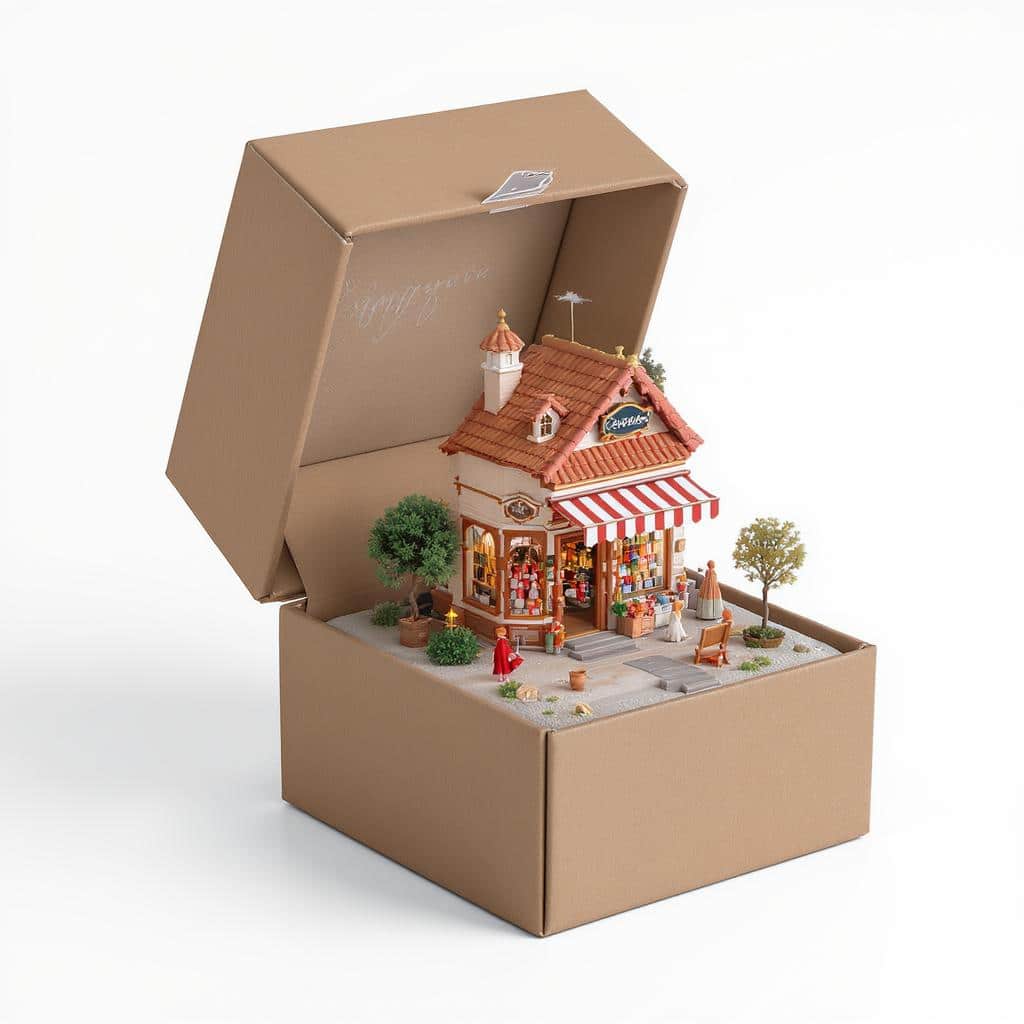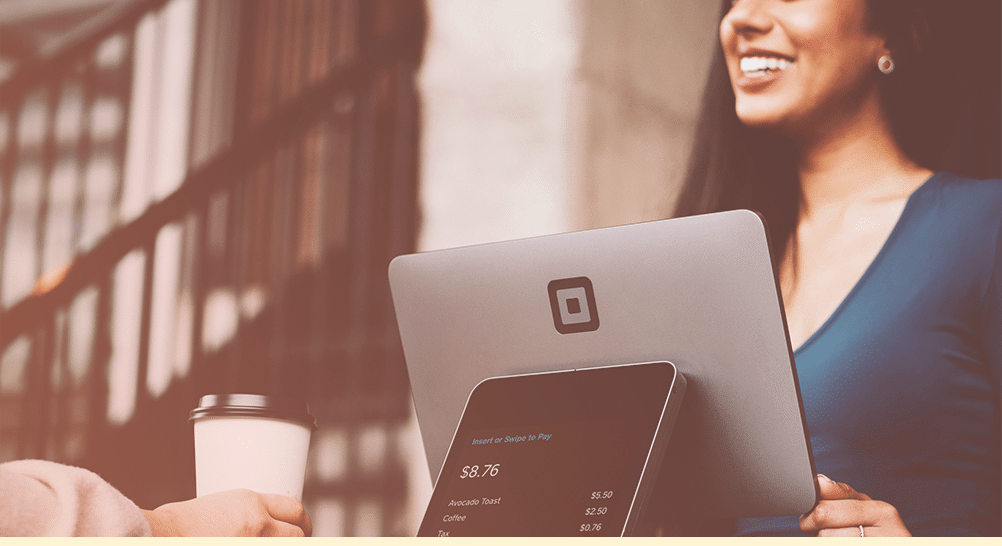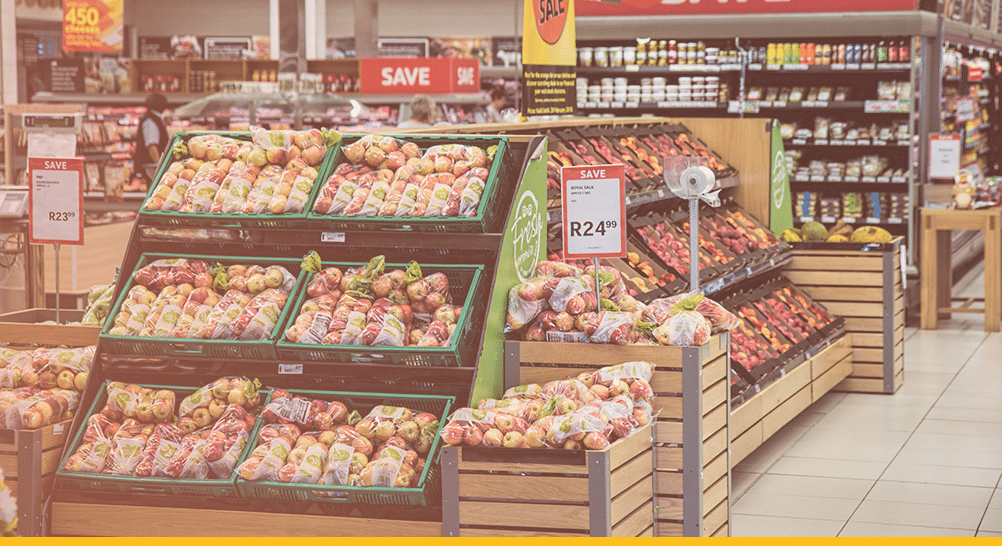Retail theft is something on most retailers’ minds these days. While a variety of pundits point out that retail losses are potentially being used to excuse declining retail revenues, the National Retail Federation has reported that shrink did increase from $93.9 billion in 2021 to $112 billion in 2022.
Of particular concern is a report from The Hill, suggesting that rising prices are not just due to inflation but are, in fact, the result of unabated theft. The challenge here is that inflation often contributes to increased theft, meaning that we may be experiencing a feedback loop wherein inflation impacts theft which impacts inflation.
The question then becomes, how do we break the cycle?
Using locks to curb retail theft
While many creative solutions exist. One of the more commonly integrated solutions is locking up cabinets to products most at risk of being stolen. In the spotlight now is Target who has gone beyond locking up at-risk products and to putting everything from toothpaste to laundry detergent behind glass. Customers must now track down an employee and get the case opened to buy “essentials.”
The reaction, depending which news outlet you tune into, has been mixed. According to CNBC, Target CEO Brain Cornell claims customers are grateful that shelves are fully stocked. The New York Post, however, sites viral videos that detail frustrated customer journeys. And speculation is brewing on these platforms that the bid to lock up essentials is merely an effort to drive online sales.
Test, don’t guess
Of course, the best way to know whether or not locking products up will please or distress your customers is to test beforehand. MarketDial has helped clients test everything from locking up alcoholic drinks to knives. Most of our clients have seen an incremental decline in sales after locking up products, indicating that the lost revenue generally does not compensate for the reduced shrinkage. But each product and initiative is different and worthy of a test. Doing so can save you from implementing counterproductive changes that may ultimately hurt your brand as much as your bottom line.
To learn more about how in-store A/B testing can support you, check out these articles:
Leveraging test and learn to combat theft in stores
Self checkout: Yes or no?
Unlock the value of your data with A/B testing




